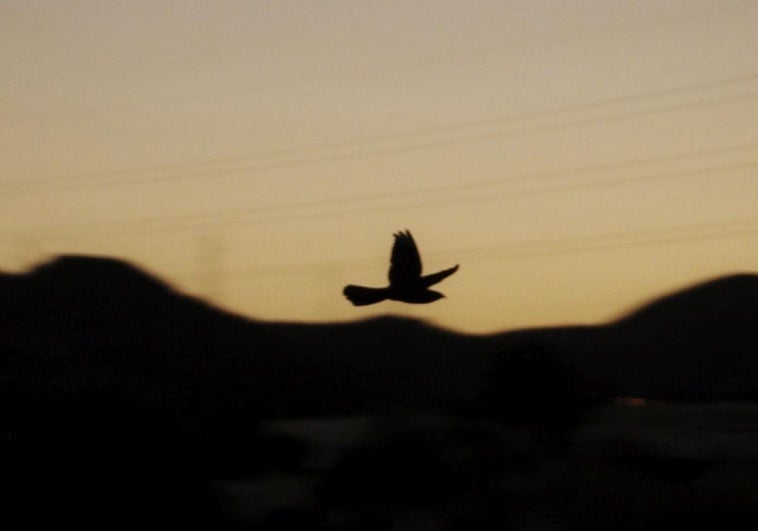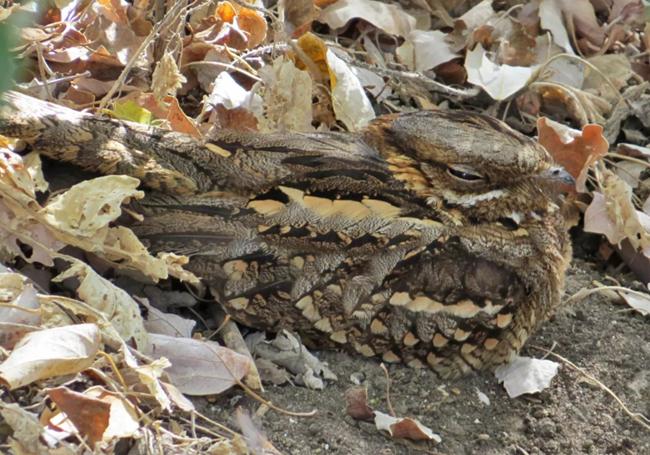
The enigmatic migratory bird that is heard every summer in Malaga
It attracts attention because of its birdsong and flight pattern, but it can be incredibly difficult to spot on the ground due to its amazing camouflage
The cooing of pigeons and the chirping of blackbirds have become part of the soundtrack of many cities and towns. These are just two examples of birds that inhabit Malaga all year round. But there are others that can be seen and, above all, heard when summer arrives. This is the case with the striking bird called the red-necked nightjar.
This bird spends the winters south of the Sahara desert, but when the summer season arrives it flies to southern Europe. In fact, there are records of the nightjar's summertime presence in the city of Malaga itself. It can be heard regularly by many residents of the outer districts of the city such as Puerto de la Torre, Campanillas and even around Teatinos.
Their song, usually heard late in the afternoon or late at night, does not leave you indifferent as with other birdsong - you will notice it. It is repetitive and even somewhat disconcerting. Unfortunately, it is not an easy bird to see, so it is a popular spot for birders to record. Perhaps in flight it is easier to see that it is a red-necked nightjar (read on to see why).

A medium-sized bird (around 28 centimetres long), it is characterised by its plumage, which is ideal for camouflaging itself perfectly as it lays on the ground among dry vegetation. Thanks to this, it can catch the insects it feeds on, especially moths. To do this, when it opens its beak, it is quite surprising how large its mouth is.
In flight it is something else too. It seems erratic, almost clumsy. On many occasions it flaps its wings rather vigorously; other times it glides with its wings in V-formation. When the full moon rises in the landscape of more urban surroundings, which has added to the aura of mystery that still surrounds this unique species.
Even today very little is known about this migratory bird. It is still one of those mysterious birds that in Malaga are also known as 'zumayas' or 'engañapastores' ('trickster of shepherds') and even 'gallinas ciegas' ('blind hens'). Both its common name, nightjar, and its scientific name, caprimulgus, allude to an alleged behaviour that sounds rather alarming. Some people thought that it used to crawl under goats when herded together to suckle milk from the females, hence its other nickname in Malaga of 'chupacabras'. Today, however, this old wives' tale is no more as it is known that the nightjar seeks this position in order to feed on the insects it prefers to catch and eat.

Until the first days of autumn, you will be able to see it flying and hear its peculiar song in most parts of Malaga province. There are even those who will be able to spot it still on the ground, because the bird will not take flight in fright, blindly trusting in its capacity to remain camouflaged.
In addition to the red-necked or brown nightjar that can be seen these summer days in Malaga, there is another nightjar - the grey nightjar - with a different plumage and smaller in size.
